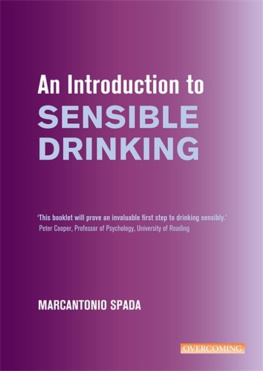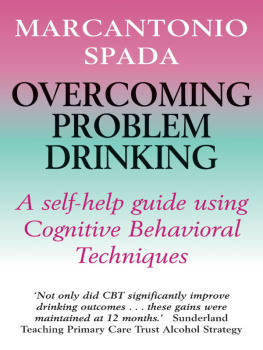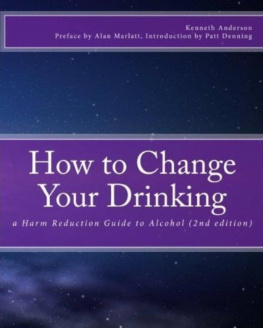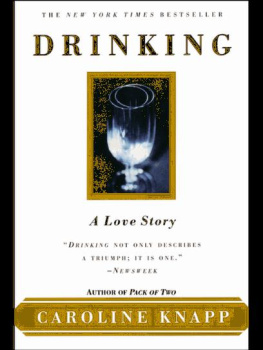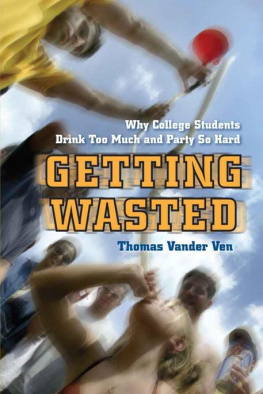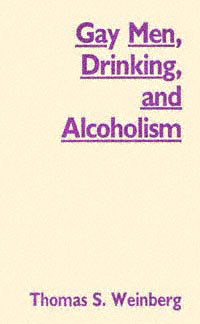We offer to read an annotation, description, summary or preface (depends on what the author of the book "Gay men, drinking, and alcoholism" wrote himself). If you haven't found the necessary information about the book — write in the comments, we will try to find it.
Alcohol use is an integral part of the gay world. According to some estimates, the rate of problem drinking is about three times higher among gays than in mainstream society, but few researchers have examined this phenomenon in depth.Thomas S. Weinbergs ethnographic study provides new insight into the role of drinking in the gay male community. Weinberg utilizes interviewing and participant observation techniques in a variety of drinking-related settings in the gay subculture of Paradise City, the fictitious name of a large western city where he carried out his research.Emphasizing drinking as social behavior, Weinberg explores the ways social contextssuch as bars, love relationships, and reference groupsaffect individual drinking patterns and concludes that drinking is intimately entwined with friendship networks and extended families in the gay world.Weinberg is concerned not only with alcoholism but with variation in alcohol use and changes in alcohol use over time. He employs the concept of career to explain why and how an individuals drinking might either increase or decrease over the course of his lifetime. Letting his informants speak for themselves, Weinberg directs attention to their own perspectives on the meaning of their drinking behavior.After creating a typology of drinkers, including self-defined as well as researcher-defined alcoholics, Weinberg considers alternative explanations for gay problem drinking. He thoroughly explores the gay bar scene, its importance in gay life, and the way that interactions within the bar environment affect drinking and risk-taking, specifically as they relate to HIV. Weinberg also looks closely at self-defined gay alcoholics and considers three alternative explanations for gay problem drinking: the alienation thesis, the influence of parental role models, and reference group theory. He rejects the alienation thesis and the influence of parental role models because these causal factors were not borne out by his statistical correlations. Instead, Weinberg finds the most powerful explanation in reference group theory, which links individuals behavior to the norms of the social groups they identify with. Finally, he arrives at a processual model of gay problem drinking based on his data analysis.By comparing alcohol use in the homosexual and heterosexual communities, Weinberg provides a new perspective on gay problem drinking that will interest sociologists, psychologists, and clinicians, as well as concerned lay readers in the gay community. He cites examinations of large-scale survey research on tavern attendance and drinking, ethnographic studies of bar behavior, literature on special groups, and studies of marital interaction in alcoholic families, concluding that gay drinking is a special situation that only reference group theory and a processual model adequately address. The closing chapter contains policy recommendations for reducing alcohol use in the gay community.



